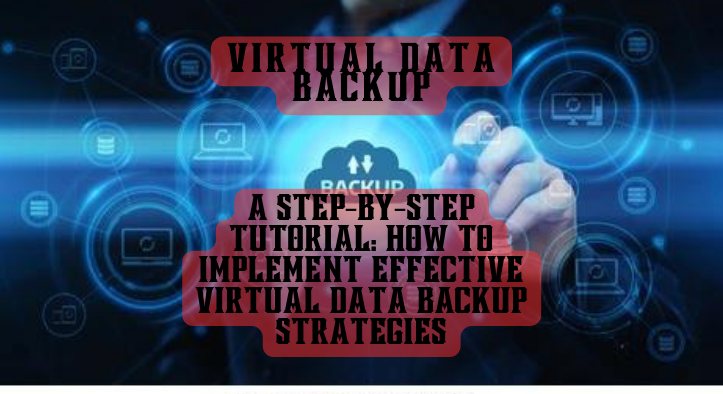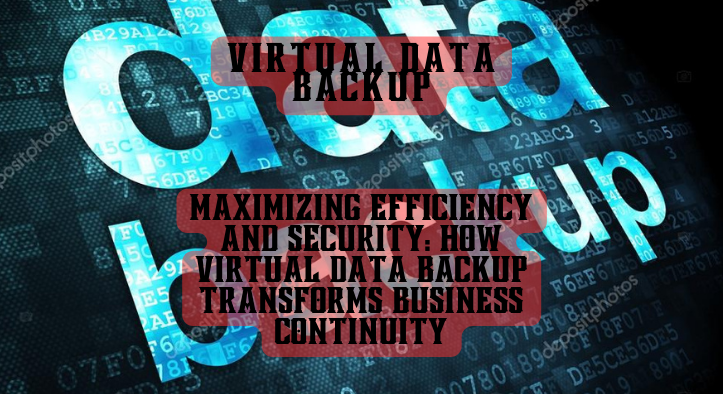A Step-by-Step Tutorial: How to Implement Effective Virtual Data Backup Strategies

A Step-by-Step Tutorial: How to Implement Effective Virtual Data Backup Strategies
Data loss is a major concern for businesses of all sizes. Whether it’s due to a natural disaster, a cyber attack, or a simple human error, the consequences of data loss can be devastating. That’s why it’s essential for businesses to have a reliable data backup strategy in place.
What is Virtual Data Backup?
Virtual data backup is a process of creating copies of data and storing them in a secure, off-site location. This ensures that the data is safe and can be recovered in the event of a disaster. Virtual data backup is a cost-effective way to protect your data and ensure business continuity.
Steps to Implement an Effective Virtual Data Backup Strategy
Implementing an effective virtual data backup strategy doesn’t have to be complicated. Here are the steps you need to take to ensure your data is safe and secure:
Step 1: Identify Your Data
The first step in implementing an effective virtual data backup strategy is to identify the data that needs to be backed up. This includes all critical business data such as customer records, financial information, and intellectual property. It’s important to identify all the data that needs to be backed up so that you can ensure it’s all included in the backup process.
Step 2: Choose a Backup Solution
Once you’ve identified the data that needs to be backed up, the next step is to choose a backup solution. There are a variety of options available, including cloud-based solutions, on-premise solutions, and hybrid solutions. It’s important to choose a solution that meets your business’s needs and budget.
Step 3: Set Up Automated Backups
Once you’ve chosen a backup solution, the next step is to set up automated backups. Automated backups ensure that your data is backed up regularly and without any manual intervention. This helps to ensure that your data is always up-to-date and secure.
Step 4: Test Your Backups
It’s important to regularly test your backups to ensure that they are working properly. This can be done by restoring a backup and verifying that the data is intact. Regular testing helps to ensure that your backups are working as expected and that your data is safe and secure.
Step 5: Monitor Your Backups
Finally, it’s important to monitor your backups to ensure that they are running as expected. This includes monitoring the performance of the backups, the storage space used, and any errors that may occur. Regular monitoring helps to ensure that your backups are running smoothly and that your data is safe and secure.
Conclusion
Data loss can have devastating consequences for businesses of all sizes. That’s why it’s essential to have an effective virtual data backup strategy in place. By following the steps outlined above, you can ensure that your data is safe and secure. With a reliable virtual data backup strategy in place, you can rest assured that your data is protected and your business can continue to operate in the event of a disaster.

